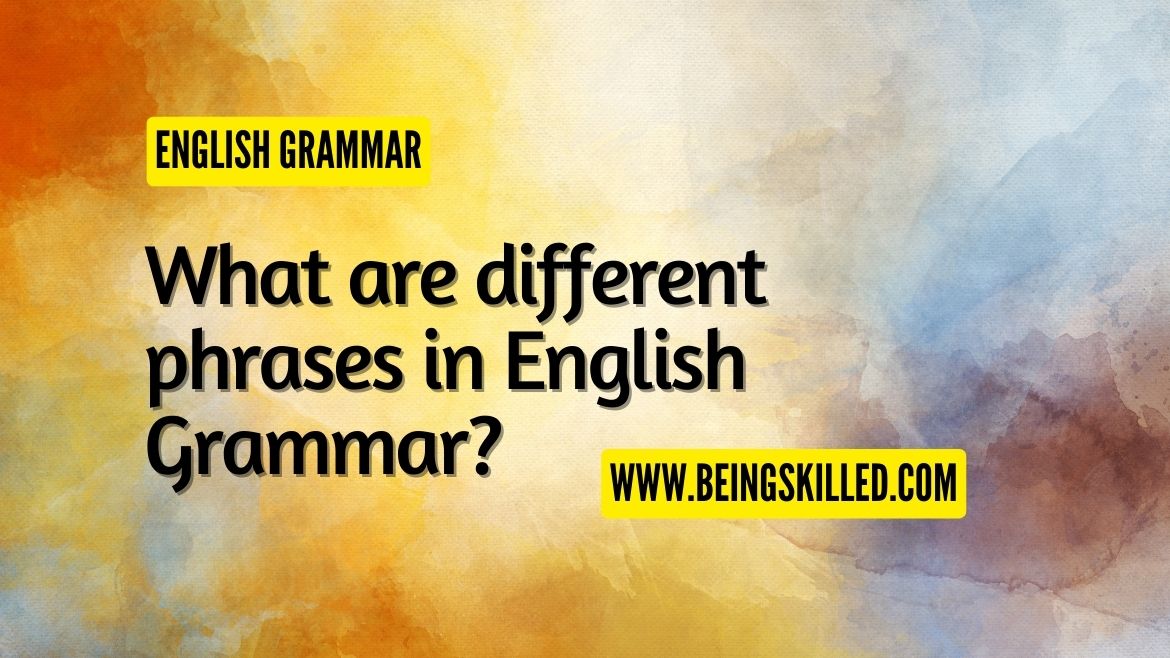A Phrase is a group of words that comes together to function as a meaningful, single grammatical unit within a sentence or clause. Phrases add value/ detail to the sentence and are frequently used in forming sentences.
Phrases don't have a subject-predicate but can contain either a subject or a verb. They lack finite verb in it.
Phrases cannot stand alone as sentence, neither they make sense on their own as they lack subject-predicate. Phrases usually form parts of clauses. Phrases can contain various phrases within them. For example, a noun phrase can contain preposition phrase or adjective phrase, etc.
A phrase is contained within a clause while it can't have a clause in it.
Phrase can be noun, verb, preposition, adjective in a sentence. The function of phrase is based on its structure and on basis of their function, they are divided into various types - Noun Phrase, Adjective Phrase, Preposition Phrase, Participial Phrase, Gerund Phrase, Infinitive Phrase.
Noun Phrase - It is usually asse
Adjective Phrase -
Preposition Phrase - These always begin with a preposition and connects noun; they mostly pair a preposition with an object (noun phrase).
Participial Phrase - These start with a present (-ing) or past (-ed) participle followed by a modifier. Participial phrase acts as adjectives and connects noun.
Gerund Phrase -
Infinitive Phrase - These phrases have infinitive verbs (to + base verb) along with modifiers or complements.
Examples -
Absolute Phrase -
Conjunctional Phrase - It acts as a conjunction in the given sentence.
Some examples -
Absolute Phrase -






